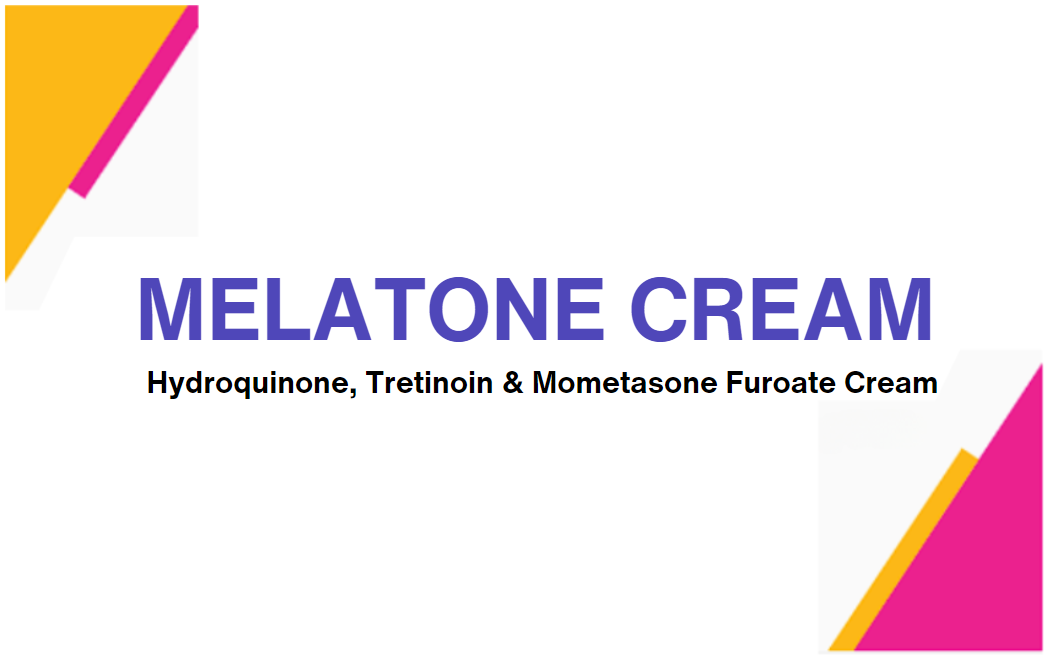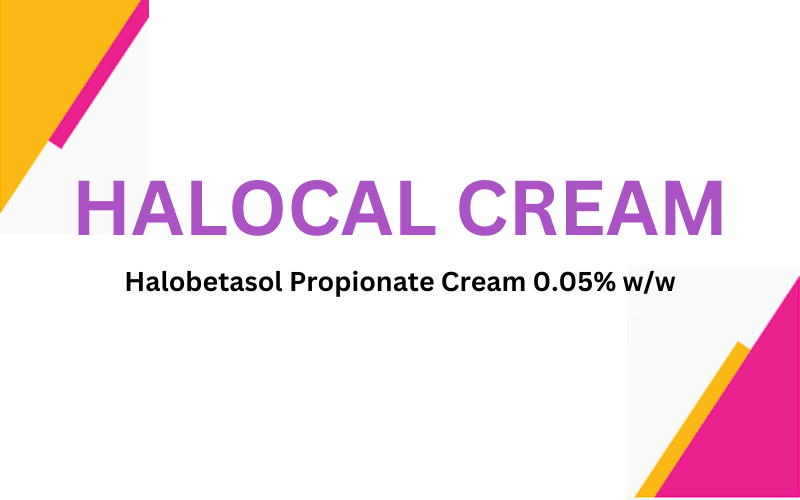Recent Search Keywords
- info@magnuspharma.com.np
- marketing@magnuspharma.com.np
- (+977) 01-5366878 / 4249929
ZYLOVIR Cream

ZYLOVIR Cream
For the treatment of herpes simplex virus infections of the lips and face (herpes labialis). Immunocompromised Patients Aciclovir cream is not recommended for use in immunocompromised patients. Such patients must be advised to consult a physician concerning the treatement of any infection.
Aciclovir is an antiviral agent which is highly active in vitro against herpes simplex virus (HSV) types 1 and 2 toxicity to mammalian host cells is low. Aciclovir is a pharmacologically inactive substance. After penetration into cells which are infected with herpes simplex virus types I and (HSV I & HSV II) or varicella-zoster virus (VSV), aciclovir is converted into a virostatic agent. The conversion of aciclovir is catalysed by viral HSV- or VZV- thymidine kinase. Human thymidine kinase does not use Aciclovir effectively as a substrate, hence the toxicity to mammalian host cells is low. In the infected cell, aciclovir is phosphorylated by viral thymidine kinase to Aciclovir monophosphate, which is further converted by cellular enzymes to aciclovir triphosphate. Aciclovir triphosphate has a greater affinity for viral DNA polymerase than host cell DNA polymerase and therefore selectively interferes with the viral enzyme causing inhibition of viral DNA replication. Aciclovir is also incorporated into viral DNA by viral DNA polymerase, which results in chain termination, as aciclovir lacks a 3'-hydroxyl group, preventing addition of nucleotides by 3',5'-linkage. In severely immunocompromised patients a longer or repeated treatment with aciclovir can lead to a selection of viral strains with reduced sensitivity. As a result, these patients no longer respond to treatment with Aciclovir. Most of the clinical isolates with reduced sensitivity showed a relative lack of virus thymidine kinase. However, strains with changed/different virus thymidine kinase or DNS polymerase were also reported. The in vitro exposition of HSV-isolates can also lead to the development of less sensitive strains. The connection between the in vitro determined sensitivity of HSV-isolates and the clinical response to the treatment with Aciclovir is not clear.
Absorption and plasma concentrations Aciclovir penetrates into the skin. The intracutaneous concentration levels are higher than the minimal inhibitory concentration (MIC) in tissue at steady state. After topical application of aciclovir, no aciclovir plasma concentration could be determined. As the aciclovir plasma concentrations following topical application are below the limit of detection, no pharmacokinetic studies are available on topical aciclovir. Therefore, the following data is based on the data after oral or intravenous administration. Plasma protein binding is reported to range between 9 and 33% as a function of dose. The volume of distribution at steady state in adults is 50± 8.7 1.73 m2, or 0.7 I/kg. Two metabolites could be identified in the urine of patients with normal renal function after single dosing with 14C-Aciclovir: 9-carboxymethoxymethylguanine (2-14% of an administered dose) and 8-hydroxy-9-(2-hydroxyethoxymethyl) guanine (<0.2% of a dose). Subjects with normal renal function eliminate 62-91% of an aciclovir dose unchanged and 9-14% as 9-carboxymethoxymethylguanine via the kidneys. Aciclovir is predominantly eliminated via the kidneys, primarily by glomerular filtration and to a lesser extent by tubular secretion. In vitro and in vivo studies of aciclovir cream and aciclovir ointment versus oral aciclovir were carried out to determine the bioavailability of aciclovir in human skin. The in vitro studies used human skin biopsates, whilst the bioassays either used human skin grafts on mice or were carried out in the human eye (3 patients). The following dermal drug concentration gradient emerged for both topical and oral aciclovir: stratum corneum> epidermis>dermis. There was no difference in concentration between cream and ointment. The upper layer of the epidermis on average showed a 48-fold higher concentration following topical application of aciclovir ointment or cream 5% than after oral dosing, but the drug concentration in the basal epidermis – the site of herpes virus infection – was 2 to 3 times lower following topical application than after oral dosing. On the basis of continuous absorption, the concentration increased as a function of time (higher drug concentrations being found 48 hours post-topical dose than 24 hours post-topical dose). Thus, short dosing intervals appear rational for the special treatment of herpes simplex virus (HSV) infections.
Adults and children Treatment should be initiated as soon as possible after the start of the infection, ideally during the prodromal period or when the lesions first appear. Treatment can also be started during the later (papule or blister) stages. A thin film of cream should be applied to the infected and immediately adjacent skin areas 5 times daily at 4-hour intervals during the day omitting the night time application. Treatment should be continued for 4 days. If healing has not occurred, treatment may be continued for up to 10 days. If lesions are still present after 10 days, users should be advised to consult a doctor. Patients should wash their hands before and after applying the cream and avoid unnecessary rubbing of the lesions or touching with a towel, to avoid aggravating or transferring the infection. Elderly No special requirements Method of administration: Topical.
ZYLOVIR Cream is available in 10 g of pack filled in laminated tube & packed in carton.

















